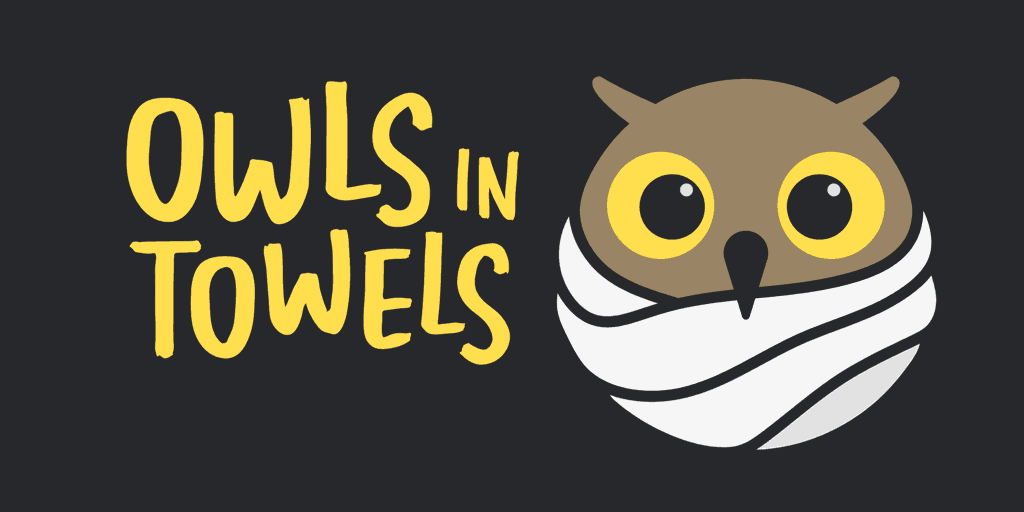WHAT DO I DO IF I FIND A SICK OR INJURED OWL?
If you find a wild owl that lets you approach, then something is likely wrong with it, or it’s very young (or both). Either way, contact an experienced wildlife rehabilitator or vet to determine the best course of action:
The button above will search Google for a “licensed wildlife rehabilitator in my area“. Make contact and they will instruct you on next steps.
If it’s a young owl, check that it really needs help. If it appears uninjured, it may be best to leave it where it is, or place it back in its nest, assuming the nest is accessible. Normally, a young owl’s best chance at survival with its parents. However it depends on the owl’s condition and its particular species, which is why contacting your local rehabber, vet or avian expert is your best first step.
What if I cannot find a wildlife rehabilitator?
If you cannot make immediate contact with a rehab clinic or vet, consider sheltering the owl until proper care is available. But first, a word of caution:
HANDLING OWLS IS DANGEROUS
Handling an owl increases the risk of you harming it, or it harming you. They have sharp talons and incredible grip strength. Owls are wild, often unruly animals. Handling one requires utmost care.
Please also be aware that interfering with wild animals could be illegal depending on your country / state / jurisdiction. Only in extenuating circumstances (in this case, providing aid) is it OK to handle a wild animal, and only then if your intention is to release it as soon as it is able to survive on its own. A reminder also that you are reading unofficial advice on the internet. Use your best judgment to proceed.
HOW TO CONTAIN AN OWL
Owls are easily stressed, so do what you can to minimise noise and slow your movements. They don’t like humans. Calmness is the first requirement as many birds are killed by stress rather than their injuries.
Find a large crate or cardboard box with ventilation. Line the box with something soft like a towel, coat or other garment.
As an option, consider wrapping the owl first before placing it in the box and covering its head to reduce stress.
When ready, approach the owl slowly from behind and carefully lift it up from its middle, ensuring your hands are clear of its feet and talons. A lively owl will resist your grasp, so keep a secure but gentle hold as you place it inside the box.
Once the owl is contained, ensure it remains comfortable somewhere dark, dry and warm (room temperature is best). Do not give any food or fluids to the owl. Rather leave this step to the experts.
Do not put anything directly in an owls mouth. There is a risk you may cause it further harm.
Take note of where you found the owl, and pictures too if it helps. Be as exact as you can, since this will inform the rehabilitators on where to release the owl back into its territory.
Sheltering the owl is for temporary protection until it can be seen be local rehabber, vet, or wildlife expert. They will advise next steps for care and transport of the owl to a proper clinic or sanctuary. Depending on distance, the clinic staff may ask to meet you halfway.
If the owl completes its rehabilitation, which could be days, weeks, or months later, it’s possible the clinic will call upon your help with the owl’s release, but this is not a guarantee since it depends on variables like timing, resources, and availability. Either way, be glad you’ve done all you can to support the owl on its journey back into the wild.
_______________
Take care
💛🦉
xo owlsintowels
